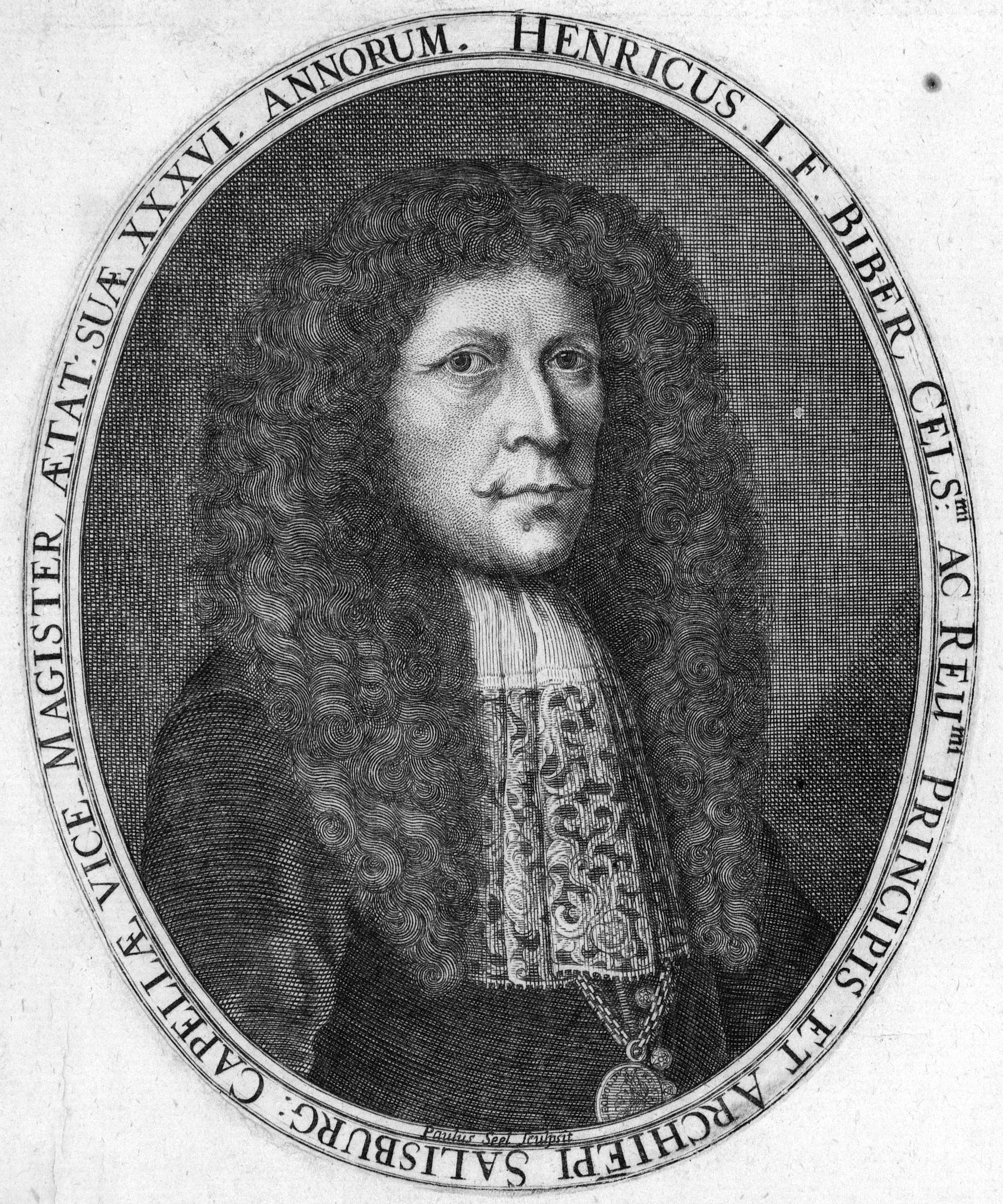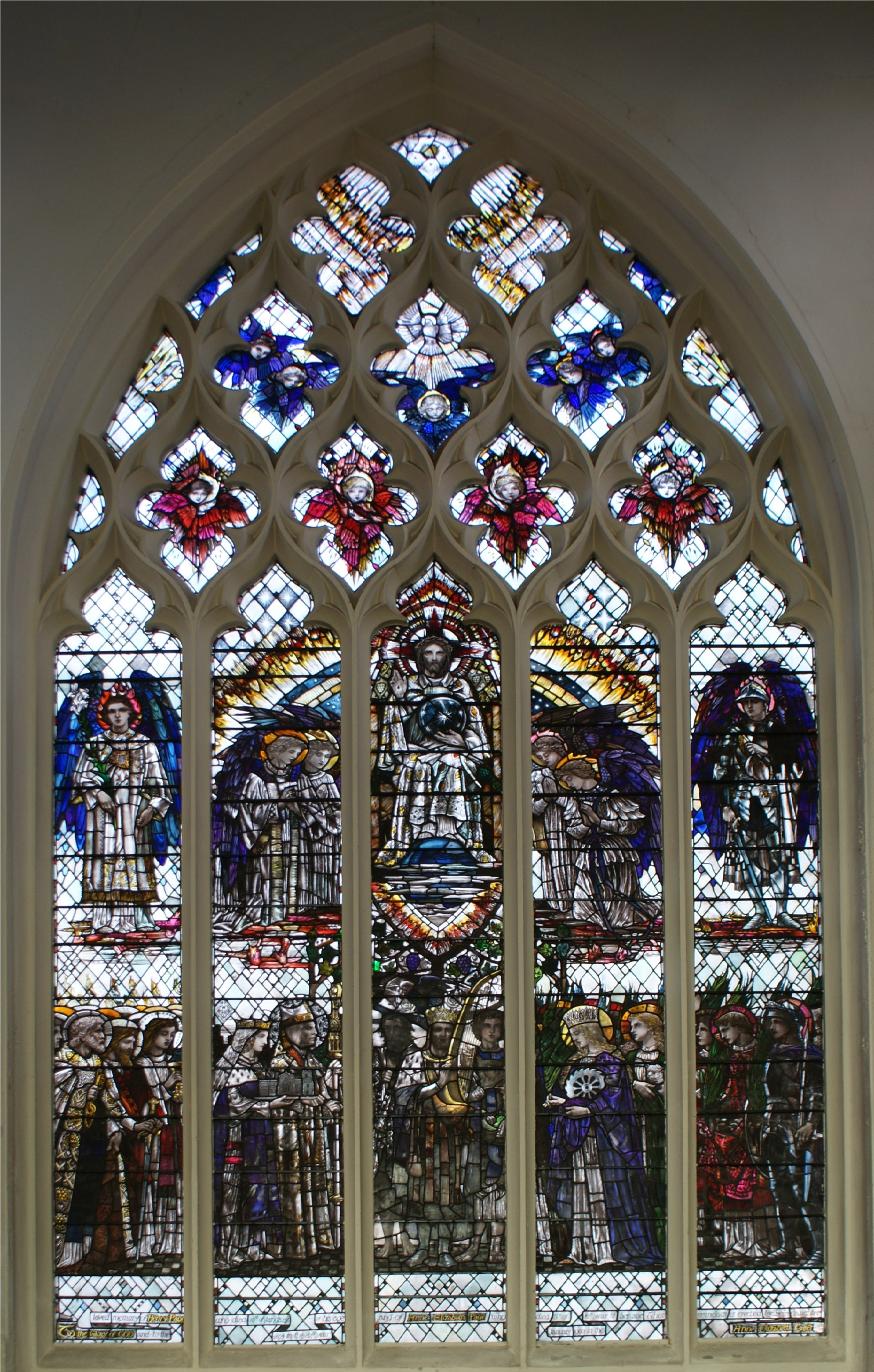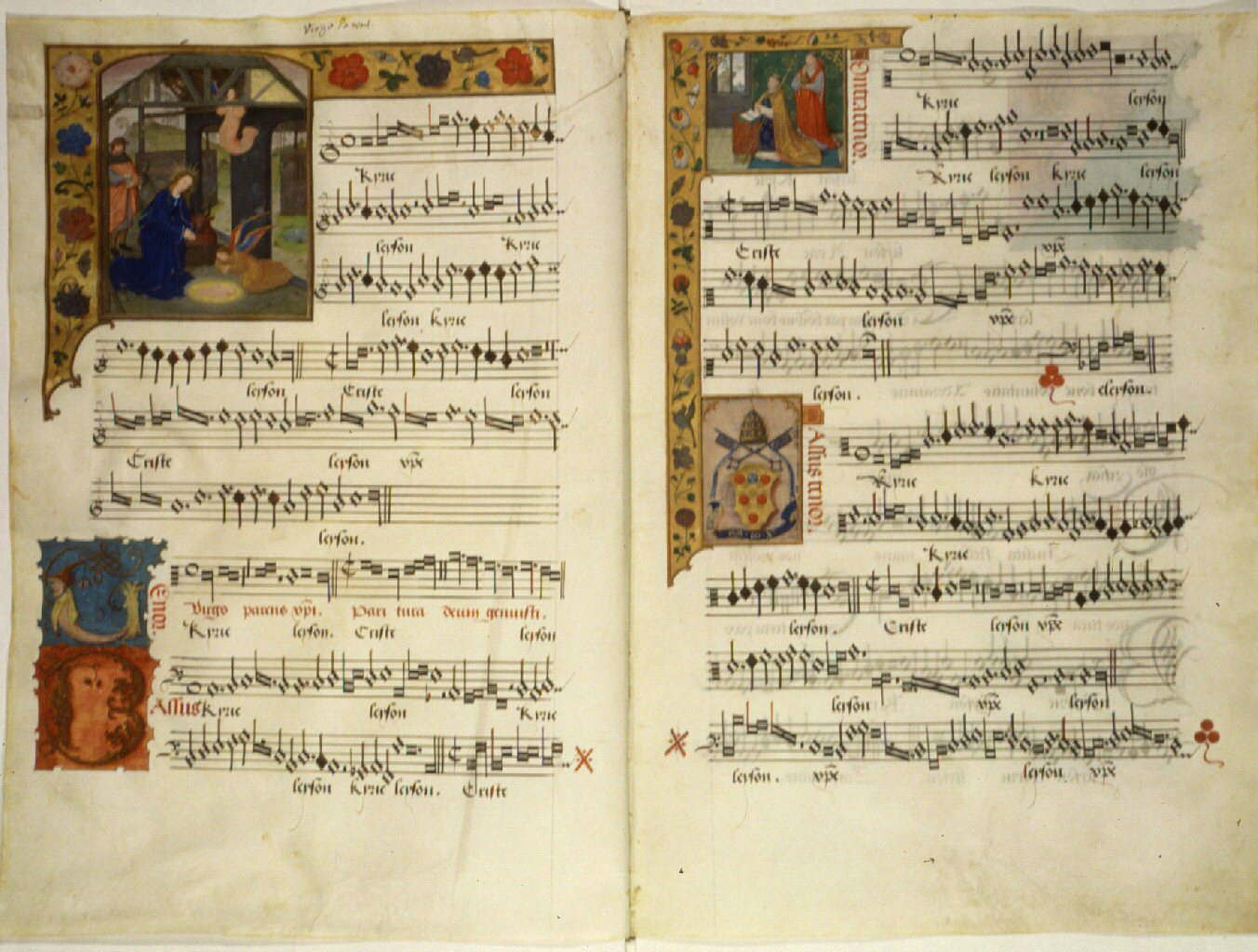|
Francisco Valls
Francisco Valls or Francesc Valls (Barcelona 1665/1671 – 2 February 1747) was a Spanish composer, theorist and '' mestre de capella.'' Among his most known works are the mass ''Missa Scala Aretina'' and tract ''Mapa Armónico Práctico''. Life In 1696 Francisco Valls left the Church of Santa Maria del Mar, Barcelona, and took up the post of '' Mestre de capella'' at Barcelona Cathedral. He wrote 10 masses, 17 psalm settings, 30 motets, several other sacred items and 141 secular compositions. Many of these are manuscripts lodged in the Biblioteca de Catalunya in Barcelona. Composition of the ''Missa Scala Aretina'' The ''Missa Scala Aretina'', so called in reference to Guido Aretinus' scale that appears in the cantus firmus (prominently audible in the Kyrie), caused a major musical controversy between 1715 and 1720, initiated by a pamphlet against Valls by the organist and theatre composer Joaquín Martínez de la Roca. ''Pro'' and ''anti'' groups were roughly equal, the famous c ... [...More Info...] [...Related Items...] OR: [Wikipedia] [Google] [Baidu] |
Barcelona
Barcelona ( ; ; ) is a city on the northeastern coast of Spain. It is the capital and largest city of the autonomous community of Catalonia, as well as the second-most populous municipality of Spain. With a population of 1.6 million within city limits,Barcelona: Población por municipios y sexo – Instituto Nacional de Estadística. (National Statistics Institute) its urban area extends to numerous neighbouring municipalities within the province of Barcelona and is home to around 5.3 million people, making it the fifth most populous ... [...More Info...] [...Related Items...] OR: [Wikipedia] [Google] [Baidu] |
Heinrich Ignaz Franz Von Biber
Heinrich Ignaz Franz von Biber correctly ''Biber von Bibern'' (baptism, bapt. 12 August 1644, Stráž pod Ralskem – 3 May 1704, Salzburg) was a Bohemian-Austrian composer and violinist. Biber worked in Graz and Kroměříž before he illegally left his employer, Prince-Bishop Karl II von Liechtenstein-Kastelkorn, Karl Liechtenstein-Kastelkorn, and settled in Salzburg. He remained there for the rest of his life, publishing much of his music but apparently seldom, if ever, giving concert tours. Biber was among the major composers for the violin in the history of the instrument. His own technique allowed him to easily reach the 6th and 7th Violin#Positions, positions, employ Double stop, multiple stops in intricate polyphonic passages, and explore the various possibilities of scordatura tuning. [...More Info...] [...Related Items...] OR: [Wikipedia] [Google] [Baidu] |
Villancico
The ''villancico'' ( Spanish, ) or vilancete ( Portuguese, ) was a common poetic and musical form of the Iberian Peninsula and Latin America popular from the late 15th to 18th centuries. Important composers of villancicos were Juan del Encina, Pedro de Escobar, Francisco Guerrero, Manuel de Zumaya, Juana Inés de la Cruz, Gaspar Fernandes, and Juan Gutiérrez de Padilla.Pope, "Villancico." Derived from medieval dance forms, the 15th century Spanish villancico was a type of popular song sung in the vernacular and frequently associated with rustic themes. The poetic form of the Spanish villancico was that of an estribillo (or refrain) and coplas (stanzas), with or without an introduction. While the exact order and number of repetitions of the estribillo and coplas varied, the most typical form was a loose ABA framework, often in triple meter. The villancico developed as a secular polyphonic genre until religious villancicos gained popularity in the second half of the 16th ce ... [...More Info...] [...Related Items...] OR: [Wikipedia] [Google] [Baidu] |
Tota Pulchra Es
Tota pulchra es is a Catholic prayer written in the fourth century. The title means "You are completely beautiful" (referring to the Virgin Mary). It speaks of her Immaculate Conception. Some of its verses are used as antiphons for the Feast of the Immaculate Conception. It takes some text from the book of Judith, and other text from the Song of Songs, specifically 4:7. Composers to set the prayer to music include Robert Schumann, Anton Bruckner, Pablo Casals Pau Casals i Defilló (Catalan: ; 29 December 187622 October 1973), known in English as Pablo Casals,Maurice Duruflé, Guillaume du Fay, [...More Info...] [...Related Items...] OR: [Wikipedia] [Google] [Baidu] |
Virgin Mary
Mary was a first-century Jewish woman of Nazareth, the wife of Saint Joseph, Joseph and the mother of Jesus. She is an important figure of Christianity, venerated under titles of Mary, mother of Jesus, various titles such as Perpetual virginity of Mary, virgin or Queen of Heaven, queen, many of them mentioned in the Litany of Loreto. The Eastern Orthodox Church, Eastern and Oriental Orthodox, Catholic, Anglican, Methodist, Reformed Christianity, Reformed, Baptist, and Lutheran churches believe that Mary, as mother of Jesus, is the Theotokos, Mother of God. The Church of the East historically regarded her as Christotokos, a term still used in Assyrian Church of the East liturgy. Other Protestant views on Mary vary, with some holding her to have lesser status. She has the Mary in Islam, highest position in Islam among all women and is mentioned numerous times in the Quran, including in a chapter Maryam (surah), named after her.Jestice, Phyllis G. ''Holy people of the world: a cros ... [...More Info...] [...Related Items...] OR: [Wikipedia] [Google] [Baidu] |
Polychoral
An antiphon (Greek ἀντίφωνον, ἀντί "opposite" and φωνή "voice") is a short chant in Christian ritual, sung as a refrain. The texts of antiphons are usually taken from the Psalms or Scripture, but may also be freely composed. Their form was favored by St Ambrose and they feature prominently in Ambrosian chant, but they are used widely in Gregorian chant as well. They may be used during Mass, for the Introit, the Offertory or the Communion. They may also be used in the Liturgy of the Hours, typically for Lauds or Vespers. They should not be confused with Marian antiphons or processional antiphons. When a chant consists of alternating verses (usually sung by a cantor) and responses (usually sung by the congregation), a refrain is needed. The looser term antiphony is generally used for any call and response style of singing, such as the kirtan or the sea shanty and other work songs, and songs and worship in African and African-American culture. Antiphonal mu ... [...More Info...] [...Related Items...] OR: [Wikipedia] [Google] [Baidu] |
Te Deum
The ( or , ; from its incipit, ) is a Latin Christian hymn traditionally ascribed to a date before AD 500, but perhaps with antecedents that place it much earlier. It is central to the Ambrosian hymnal, which spread throughout the Latin Church with other parts of the Ambrosian Rite of Milan in the 6th to 8th centuries. It is sometimes known as the Ambrosian Hymn, although authorship by Saint Ambrose is unlikely. The term can also refer to a short religious service (of blessing or thanks) that is based upon the hymn. It continues in use in many contexts by several denominations. In particular it is the core of a short church service of thanksgiving held, often at short notice, to celebrate good news such as a military victory, the signing of a peace treaty, or the birth of a royal child. History Authorship of the hymn is traditionally ascribed to Saint Ambrose (died 397) or Saint Augustine (died 430). In 19th-century scholarship, Saint Hilary of Poitiers (died 367) ... [...More Info...] [...Related Items...] OR: [Wikipedia] [Google] [Baidu] |
Mass (music)
The Mass () is a form of sacred musical composition that sets the invariable portions of the Christian Eucharistic liturgy (principally that of the Catholic Church, the Anglican Communion, and Lutheranism), known as the Mass. Most Masses are settings of the liturgy in Latin, the sacred language of the Catholic Church's Roman Rite, but there are a significant number written in the languages of non-Catholic countries where vernacular worship has long been the norm. For example, there have been many Masses written in English for a United States context since the Second Vatican Council, and others (often called "communion services") for the Church of England. Masses can be ''a cappella'', that is, without an independent accompaniment, or they can be accompanied by instrumental '' obbligatos'' up to and including a full orchestra. Many masses, especially later ones, were never intended to be performed during the celebration of an actual mass. History Middle Ages The earliest ... [...More Info...] [...Related Items...] OR: [Wikipedia] [Google] [Baidu] |
Canon (music)
In music, a canon is a contrapuntal (counterpoint-based) compositional technique that employs a melody with one or more imitation (music), imitations of the melody played after a given duration (music), duration (e.g., quarter rest, one measure, etc.). The initial melody is called the leader (or ''dux''), while the imitative melody, which is played in a different part (music), voice, is called the follower (or ''comes''). The follower must imitate the leader, either as an exact replication of its rhythms and Interval (music), intervals or some transformation thereof. Repeating canons in which all voices are musically identical are called round (music), rounds—familiar singalong versions of "Row, Row, Row Your Boat" and "Frère Jacques" that call for each successive group of voices to begin the same song a bar or two after the previous group began are popular examples. An accompanied canon is a canon accompanied by one or more additional independent parts that do not imitate th ... [...More Info...] [...Related Items...] OR: [Wikipedia] [Google] [Baidu] |
Duet
A duet (italian language, Italian: ''duo'') is a musical composition for two Performing arts, performers in which the performers have equal importance to the piece, often a composition involving two singers or two pianists. It differs from a harmony, as the performers take turns performing a solo section rather than performing simultaneously. A piece performed by two pianists performing together on the same piano is a "piano duet" or "piano four hands". A piece for two pianists performing together on separate pianos is a "List of compositions for piano duo, piano duo". "Duet" is also used as a verb for the act of performing a musical duet, or colloquially as a noun to refer to the performers of a duet. A musical ensemble with more than two solo instruments or voices is called a Trio (music), trio, quartet, quintet, sextet, septet, octet (music), octet, etc. History When Wolfgang Amadeus Mozart, Mozart was young, he and his sister Maria Anna Mozart, Marianne played a duet of h ... [...More Info...] [...Related Items...] OR: [Wikipedia] [Google] [Baidu] |
Aria
In music, an aria (, ; : , ; ''arias'' in common usage; diminutive form: arietta, ; : ariette; in English simply air (music), air) is a self-contained piece for one voice, with or without instrument (music), instrumental or orchestral accompaniment, normally part of a larger work. The typical context for arias is opera, but vocal arias also feature in oratorios and cantatas, or they can be stand-alone concert arias. The term was originally used to refer to any expressive melody, usually, but not always, performed by a singer. Etymology The Italian term ''aria'', which derives from the Greek ἀήρ and Latin ''aer'' (air), first appeared in relation to music in the 14th century when it simply signified a manner or style of singing or playing. By the end of the 16th century, the term 'aria' refers to an instrumental form (cf. Santino Garsi da Parma lute works, ('Aria del Gran Duca'). By the early 16th century, it was in common use as meaning a simple setting of strophe, strophi ... [...More Info...] [...Related Items...] OR: [Wikipedia] [Google] [Baidu] |
Tierce De Picardie
A Picardy third, (; ) also known as a Picardy cadence or Tierce de Picardie, is a major chord of the tonic (music), tonic at the end of a musical Musical form, section that is either musical mode, modal or in a minor scale, minor key. This is achieved by raising the third (chord), third of the expected Minor chord, minor triad by a semitone to create a Major chord, major triad, as a form of resolution (music), resolution. For example, instead of a cadence (music), cadence ending on an A minor chord (music), chord containing the notes A, C, and E, a Picardy third ending would consist of an A major chord containing the notes A, C, and E. The minor third between the A and C of the A minor chord has become a major third in the Picardy third chord. Philosopher Peter Kivy writes: According to Deryck Cooke, "Western composers, expressing the 'rightness' of happiness by means of a major third, expressed the 'wrongness' of grief by means of the minor third, and for centuries, pieces in ... [...More Info...] [...Related Items...] OR: [Wikipedia] [Google] [Baidu] |








